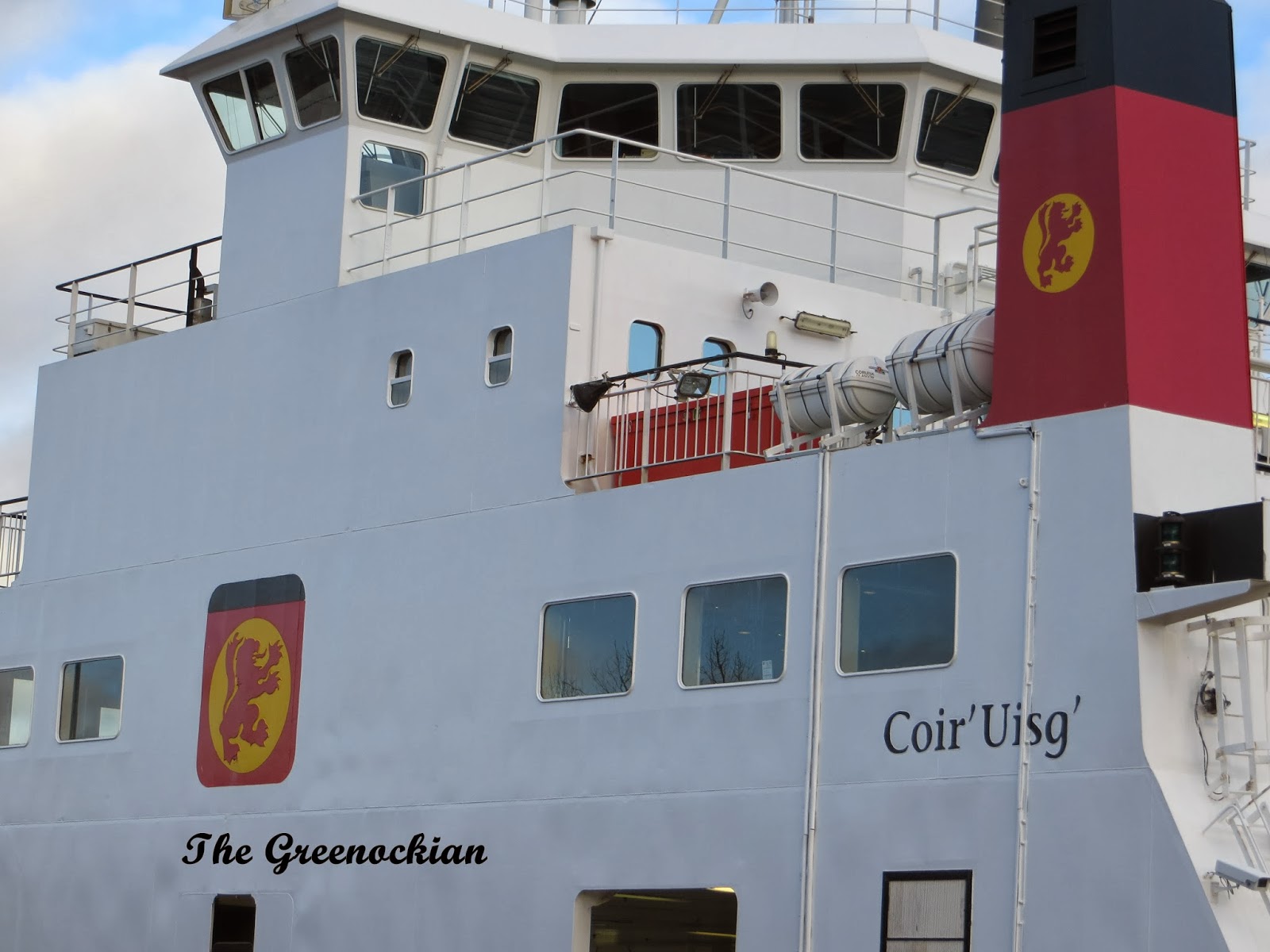Like most coastal towns and
busy ports, Greenock has had its fair share of accidental (and not quite so
accidental) drownings over the years.
This must have been quite a problem in the past before "health and
safety" became the watchword to protect people from their own stupidity.
This ode entitled
"Directions For the Recovery of the Drowned" was published in the
Greenock Post Office Directory of 1841.
Directions
For The Recovery Of The Drowned
When
the cold corse shall have been brought to land,
Strip
off its clothes with an industrious hand;
Cleanse
well the mouth, th' obstructed nostrils clear,
And
let each passage drink the vital air;
Wipe
dry the body, wrap a blanket round,
Or
some such covering as can best be found -
Nay - lend thy coat - 'tis
sweet a life to save,
And snatch a brother from a
watery grave.
Then
on a plank, with head and shoulders high,
Convey
the body to some cottage nigh.
Now
let good order and good sense prevail,
And
no confusion make thine efforts fail.
With
common air the breathless lungs inspire;
Blow
the faint sparks of unextinguished fire,
(For
yet perhaps some embers may remain
Ready
to kindle into life again):
Rub
well each limb - a genial warmth impart
Around
the stagnant regions of the heart;
Then
down the gastric tube a cordial throw,
Some
draught, to make the internal organs glow;
Should thy best judgment
pierce the jug'lar vein,
Take heed! in time the vital stream restrain,
Lest thou too much from
nature's fountain pour,
And so destroy the life thou
wouldst restore.
Thus
on proceed to rouse the dormant breath;
Ply
the strong oar and struggle hard with death;
Nor
cease thy toil till life's bright flame return,
Or
till the lamp at length refuse to burn.
Can't imagine the ordinary
person trying to cut the jugular vein in any safe way!
Here's a report from the
"Caledonian Mercury" of 1844 about a man, Peter Campbell, who seems
to have been quite a hero, jumping into the Clyde at Gourock to save a young woman from drowning. He even received a reward from the Duchess of
Somerset who was impress by his bravery and the fact that it was the third time
he had saved a life.
The Greenockian















































